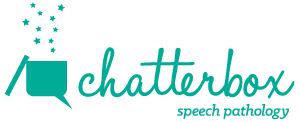By the age of 4, most children have the following skills:
Receptive Language:
- Understand shape and colour names
- Understand some “time” words, e.g. lunch time, today
- Understand “why”, “how”, “how many” questions
- Understand concepts (long, short, soft, hard, heavy, light)
- Can sort objects / pictures into categories
- Follow 3 step instructions (e.g. get the ball, give it to mummy and put the plate in the sink)
Expressive Language:
- Ask many questions, usually ‘what’ or ‘who’ questions
- Use lots of words, about 900, usually in four to five word sentences
- Use correct grammar with occasional mistakes, such as “I falled down”
- Use connector words such as ‘because’ and ‘but’ to make longer sentences
- Use language when playing with other children
- Speak clearly enough to be understood by most people
- Develop a range on descriptive words to convey shape, size, texture
- Use ‘and’ and ‘because’ at the beginning of sentences
- Tell two events in order of occurrence (e.g. “first we went swimming and then we did a painting”)
- Use some plurals (e.g. books, toys, cars)
- Use eye-contact more consistently during conversations
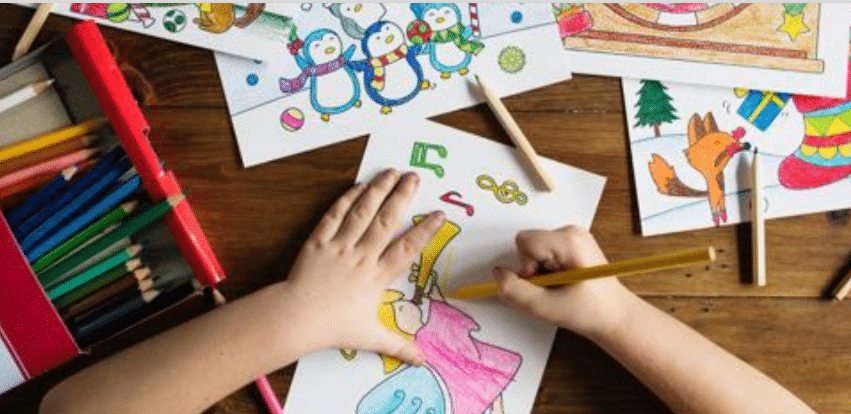
Sounds that are correctly produced:
- p
- b
- m
- w
- h
- n
- t
- d
- y
- k
- g
- ng
- f
- l
- s
- z
- sh
Play:
- Play is imaginative and involves the use of language
Literacy:
- Tell stories about a topic
- There is some sequence in the story but no plan
- Engage in rhyming
- Show some awareness of the sounds that words start or end in
Cause for concern:
- People find it difficult to understand your child
- Limited or no use of grammatical elements (e.g. verb endings ‘ed’ and plurals)
- Unable to give a clear account of an event that occurred while you were not present (e.g. tell about a school excursion)
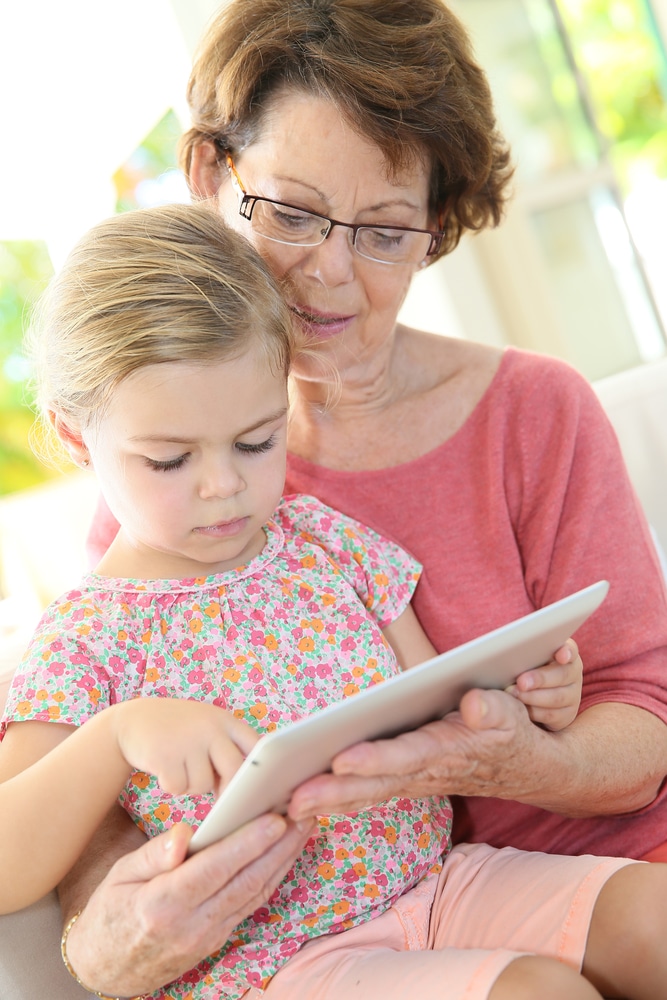
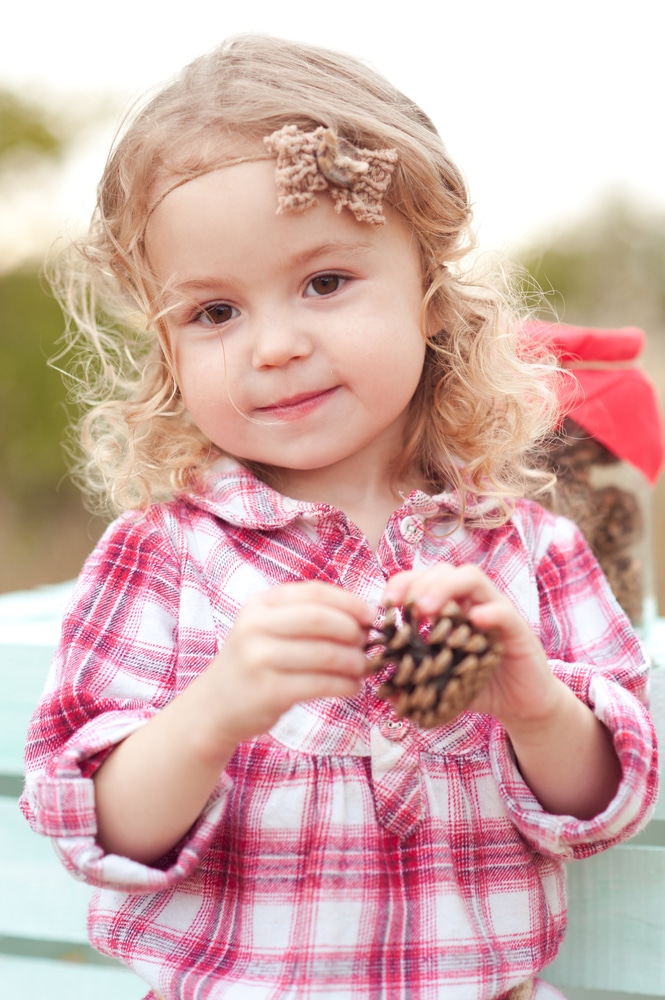
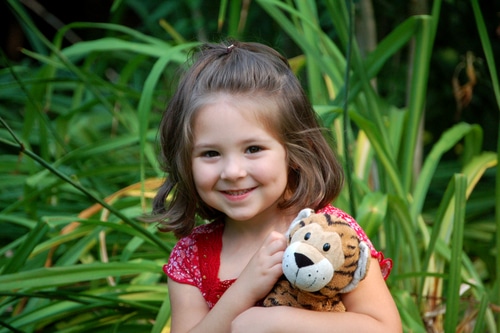
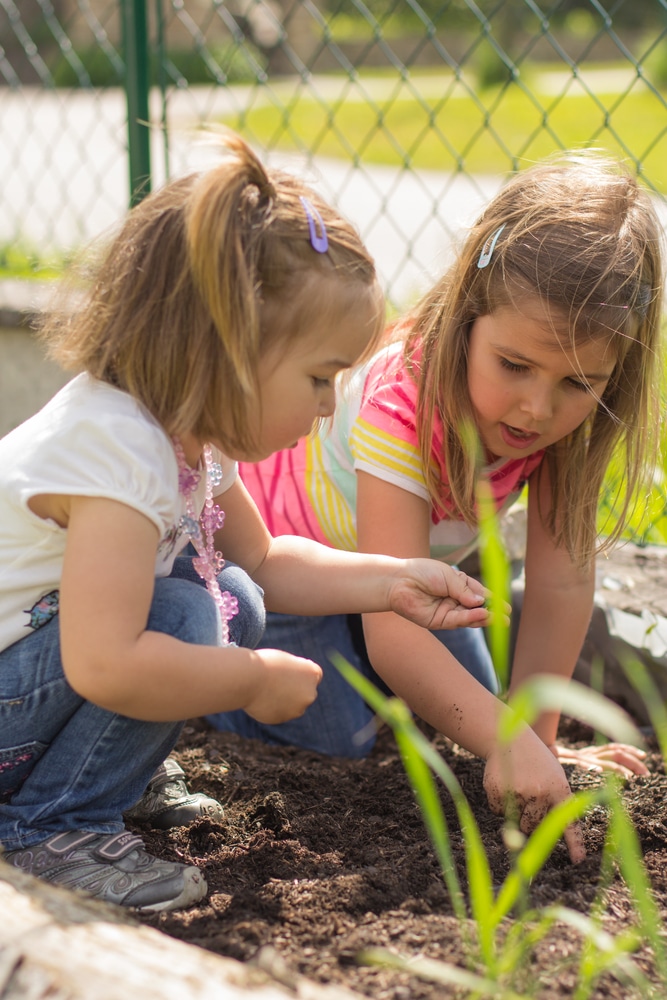
If you have any concerns regarding your child’s language development, feel free to complete the checklist for a speech pathologist to review
